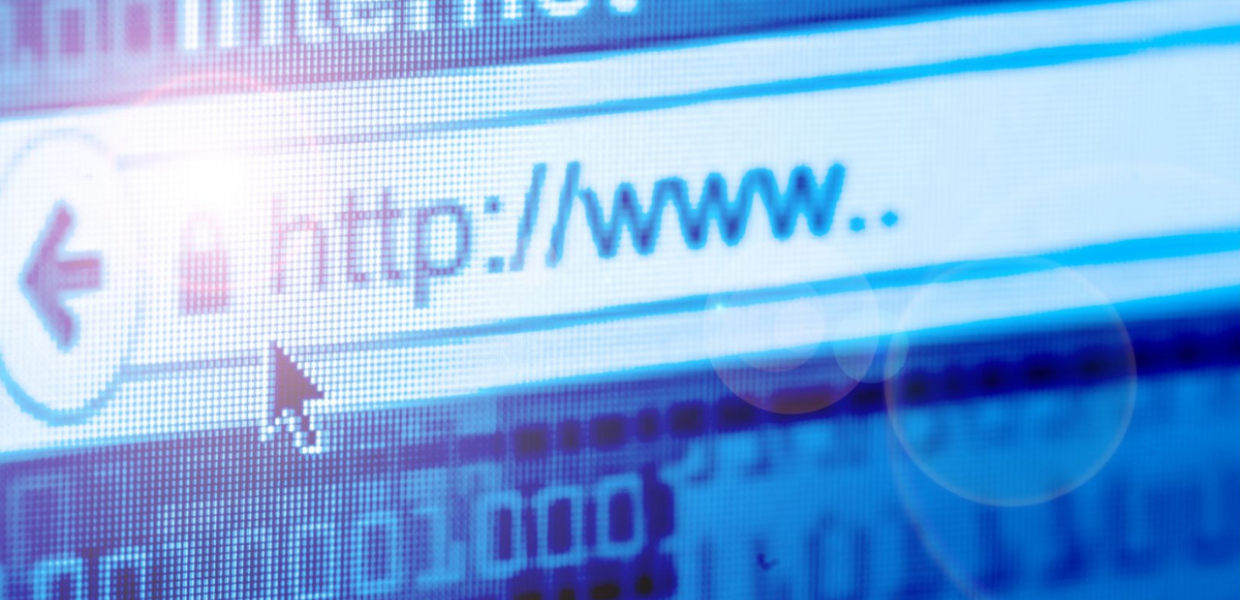An alarming percentage of the country still falls on the wrong side of the digital divide.
Much has been said about the internet and social platforms becoming breeding grounds for spreading misinformation and sowing division, but what about when the internet becomes the source of division?
The “digital divide” is not a new concept, but per the most recent Broadband Deployment Report from the Federal Communications Commission (FCC), 14.5 million Americans still lack access to broadband internet service. Concurrent to the release of the report in 2020, FCC chair Jessica Rosenworcel proposed raising the minimum standard for internet connection speed to be deemed broadband, indicating the agency’s recognition that its current standard — a paltry 25 Mbps download and 3 Mbps upload — is inadequate. Even those connected at this rate are still underserved.
Beyond FCC-driven discussions about connection speed, dialog in the industry centers on the importance of access — to the point at which a debate persists about whether the internet should be recategorized as a utility.
Much has been said about the internet and social platforms becoming breeding grounds for spreading misinformation and sowing division, but what about when the internet becomes the source of division?
The “digital divide” is not a new concept, but per the most recent Broadband Deployment Report from the Federal Communications Commission (FCC), 14.5 million Americans still lack access to broadband internet service. Concurrent to the release of the report in 2020, FCC chair Jessica Rosenworcel proposed raising the minimum standard for internet connection speed to be deemed broadband, indicating the agency’s recognition that its current standard — a paltry 25 Mbps download and 3 Mbps upload — is inadequate. Even those connected at this rate are still underserved.
Beyond FCC-driven discussions about connection speed, dialog in the industry centers on the importance of access — to the point at which a debate persists about whether the internet should be recategorized as a utility.
While formal recategorization has not happened, the volume of the debate has kept the issue of the digital divide front and center with regulators. Yet, it wasn’t until three years ago that it became so plainly visible to the rest of us, as COVID-19 emerged and accelerated the digitization of society.
It began with workplaces going remote or hybrid but it permeated the rest of our lives as well. Telehealth has become increasingly important to patient access as healthcare faces a shortage of physicians. Distance learning has become a standard requirement for students. Delivery apps have become vital to consumers as brick-and-mortar stores have shut their doors. The rate of disruption may slow as the pandemic subsides, but the way we live has changed forever, and the new reality is stark.
Rural communities unable to support an increasingly digital way of life are in danger of becoming ghost towns. It may seem like dystopian fiction, but considering the federal government’s focus on the issue, it is reality.
Washington has thrown unfathomable sums of money at the digital divide with the two most recent programs — the Connect America Fund II (CAF-II) and the Rural Digital Opportunity Fund (RDOF) — accounting for an investment of more than $20 billion in the last five years alone.
Despite these efforts, more than 14 million Americans remain on the wrong side of the divide, and their lack of access to this new “utility” puts them at a distinct disadvantage. With entire communities being left behind, the digital divide must be an issue that remains front and center for all of us — especially those of us with a platform to address it.
